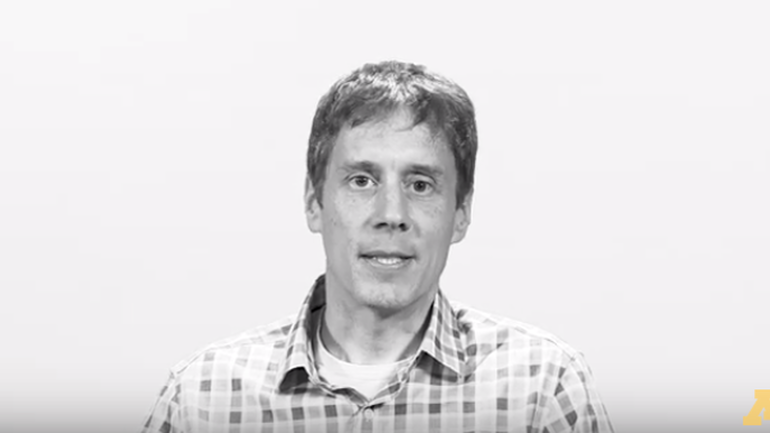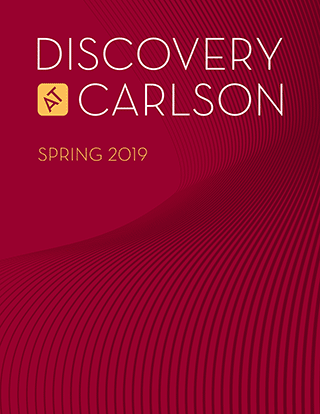
Associate Professor William Hedgcock Finds That Achieving a Goal is the First Step
Monday, March 4, 2019
Sometimes, it’s better to go forward by going backward.
Not when you’re running a marathon or reading a mystery novel, of course. But when it comes to planning for future goals, the proverbial start to finish might not be the best way to go.
Research by Associate Professor William Hedgcock shows that approaching things in a way that seems to run counter to what most people habitually do creates better results. With tasks that require several steps, he says, it’s best to forge a plan that starts with the goal at the end and plan backward from there, not the other way around.
“A lot of this has to do with the actual visualization and thinking about what you’re trying to accomplish rather than thinking about the first task you have to do to get to the end,” Hedgcock says.
Arrive at your goal, then find your way back
The goal-planning research well is deep, as other studies show that planning is effective or not, or when it was effective. The missing piece, Hedgcock says, was the process of putting together the plan.
The genesis of the idea came from how Hedgcock works with Ph.D. students – creating plans for goals that can be four, five or even 10 years down the road. It’s so easy to lose track of a goal so far away, Hedgcock surmises, that it’s better to start with the goal and create a plan that tracks backward from that. The approach resonated with two Ph.D. students, who serve as Hedgcock’s co-authors in the study, and became the research topic.
“In the real world you have this goal but as you start trying to accomplish it, you can lose sight of it and get off track,” Hedgcock says. “So how do you construct plans and how do you do that to be most effective?”
Hedgcock and his research partners created a planning study for undergraduate students. That way, they could have specific tasks – a midterm and a final exam – within the finite time of a semester.
More than 300 students participated in five different studies in which the researchers helped students create study plans. Some focused on what they had to do first, others were asked to start by thinking about the exam and what they would have to do to prepare. All students had to do the same work, reading the same chapters and reviewing them before an exam.
“The execution is identical,” Hedgcock says. “It has more to do with how they visualize the goal and come up with the plan.”
Visualizing success works
The students who started with the goal and created a plan in reverse chronological order did better on the exams, the study found. It turned out going backward was the right direction for them.
While it sounds counterintuitive, Hedgcock says, it’s not an unusual concept in goal pursuit. The idea of visualization has long been a topic in business and personal growth. This just puts it into practice a little more systematically, and gets results.
“It makes it seem like there’s less time pressure,” Hedgcock says. “It makes it seem more achievable and they seem to accomplish the goal better.”

